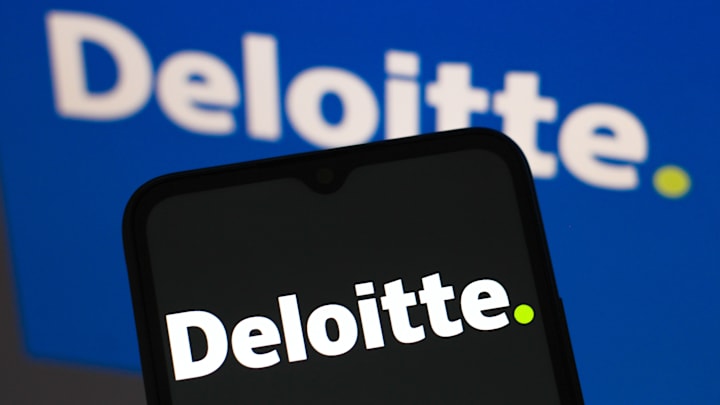How a new system aims to regulate NIL deals—and why it’s controversial
Among the many ripple effects of the House v. NCAA settlement is the introduction of NIL Go—a centralized clearinghouse designed to oversee and regulate athlete endorsements. Set to launch June 11, 2025, and operated by Deloitte, the system requires Division I athletes to report any NIL deal worth more than $600. Its goal: to eliminate disguised “pay-for-play” arrangements and restore order to an increasingly chaotic marketplace.
NIL Go is governed not by the NCAA, but by the Power Four conferences—the SEC, Big Ten, Big 12, and ACC. Deloitte will review submitted contracts to ensure they reflect “reasonable market value” and authentic commercial activity. For instance, a swimmer receiving $1,000 to promote a local swim shop must show deliverables such as social media posts or appearances. If the deal lacks substance or is deemed excessive in value, it may be rejected (Deloitte Briefing, 2025).
This attempt to enforce transparency, however, has generated controversy. Deloitte estimates that nearly 70% of past NIL collective deals—often tied to football or basketball—would not meet the new standards. Conversely, 90% of NIL deals involving public companies would likely pass, highlighting a preference for corporate-backed sponsorships over booster-funded schemes (Athletes.org Analysis, 2025).

Critics argue that this system introduces excessive bureaucracy, especially for non-revenue athletes. Local businesses might balk at paperwork or vague "reasonable compensation" thresholds, drying up opportunities for lesser-known athletes. For student-athletes without agents or legal guidance, the appeals process could be inaccessible. While Greg Sankey may get more power and say in the process, it also opens him and others in the power 4 up to lawsuits.
Experts warn that NIL Go may trigger the very litigation it was meant to prevent. By dictating which deals are permissible, the system could be construed as a restraint of trade, exposing the Power Four to future antitrust suits. Additionally, privacy concerns persist, as athletes are required to disclose sensitive contract terms to a third party. Title IX complications could arise if deals involving female athletes are disproportionately rejected or scrutinized.
Ultimately, NIL Go’s effectiveness will depend on equitable enforcement. If it becomes a mechanism that favors revenue-sport stars while sidelining others, it may accelerate the very disparities it aims to resolve. Advocacy groups like Athletes.org, which represents over 4,000 athletes, are already preparing legal responses in case that balance tips too far.
